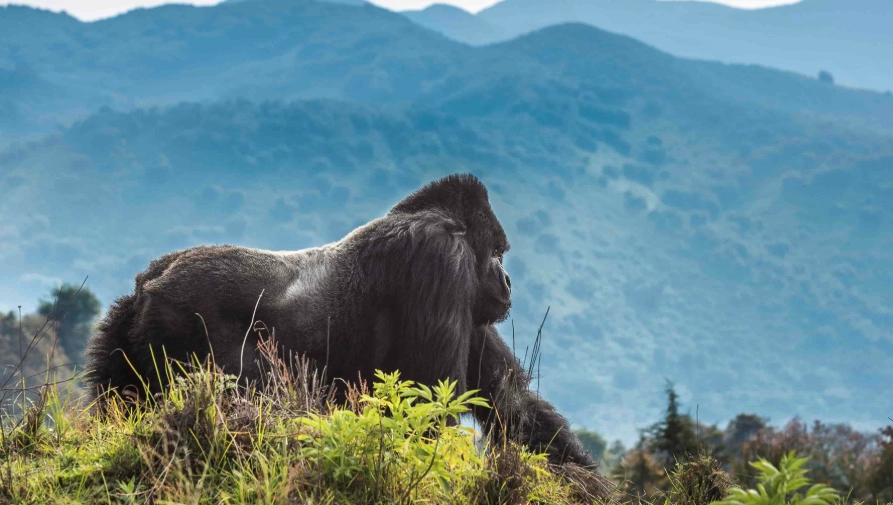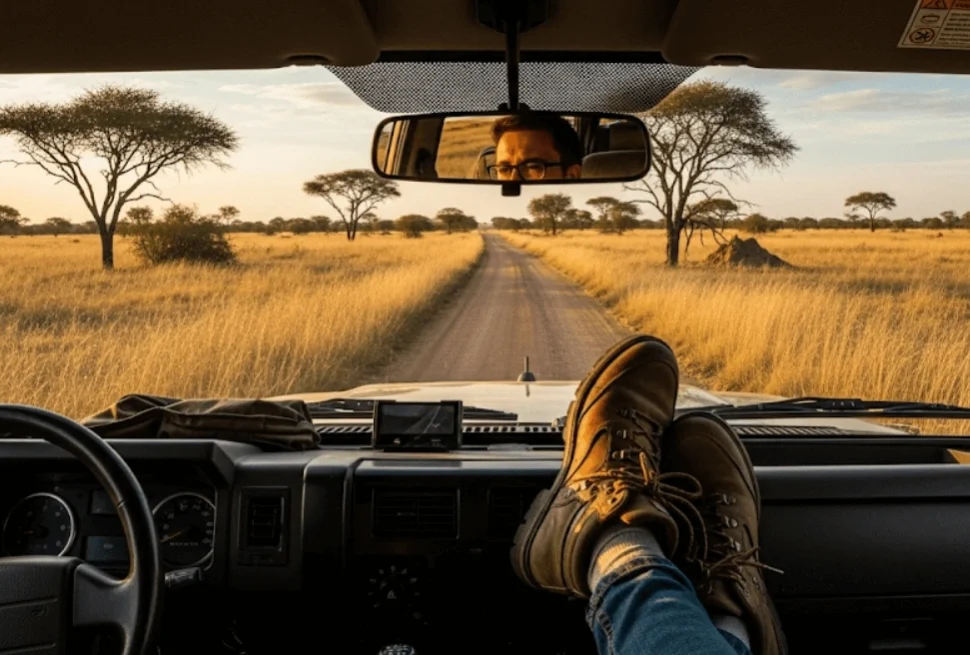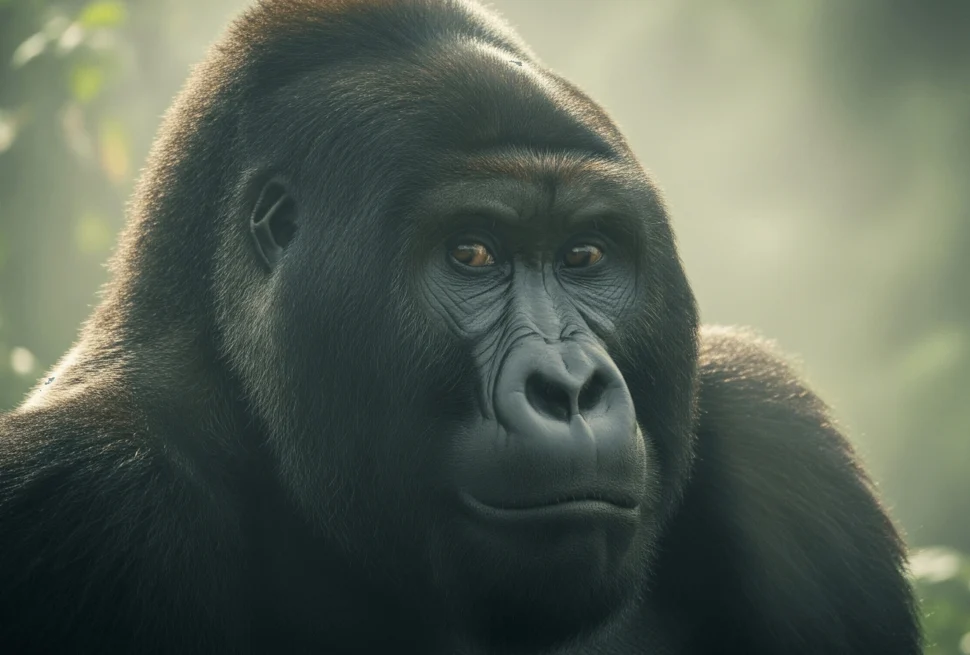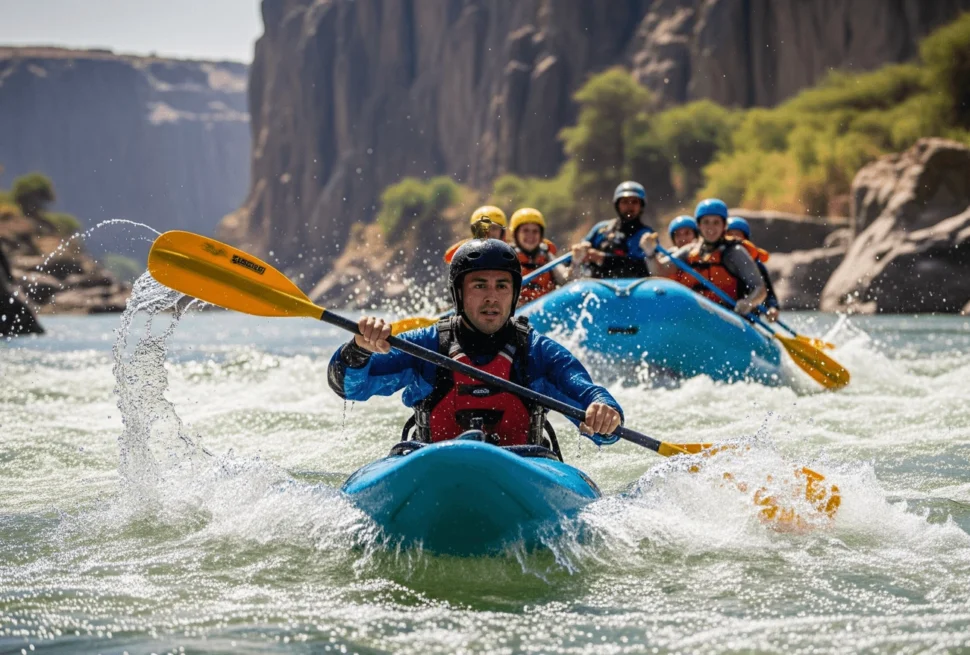“There is a great difference between hearing a lion roar and seeing one walk beside you.”
That’s the essence of African adventure — nuance. And when it comes to mountain gorillas, there’s one nuance most travelers miss: the difference between gorilla tracking and gorilla trekking.
They’re not the same. Not quite. And understanding that small difference can shape the kind of experience you’ll remember for life.
Key Takeaways
- Trekking refers to the hike through the forest to find gorillas.
- Tracking is the process of locating the gorillas, done partly by rangers before your hike begins.
- Most tours include both: you trek after the gorillas have been tracked.
- Uganda and Rwanda offer top-tier gorilla experiences, with varying trail lengths and difficulty.
- Knowing this difference can help you choose the right experience — especially if you’re a photographer, family traveler, or on a tight schedule.
Gorilla Tracking vs Trekking — Definitions First
Let’s break it down.
What is Gorilla Tracking?
Tracking is the behind-the-scenes work. It starts at dawn, before you lace up your boots. Skilled park rangers — sometimes with the help of ex-poachers turned conservationists — head out early to locate the exact spot where a gorilla family nested the night before. They follow fresh trails, dung, broken branches, knuckle prints, and subtle calls.
Once they find the family, they radio your guide. That’s when your part begins.
If you’re curious how permits work for these activities, check out our guide to gorilla trekking permits in Uganda.
What is Gorilla Trekking?
Trekking is your role. It’s the guided hike through dense forest — sometimes steep, muddy, and humid — that brings you face-to-face with the gorillas. You follow the tracker’s coordinates until you reach the family.
This hike can take anywhere from 30 minutes to 6 hours, depending on where the gorillas are that day.
So Which One Do You Book?
Here’s the twist: you don’t need to choose between them. Most gorilla safaris include both.
But the key is understanding how the terminology is used:
- In Uganda, “gorilla trekking” is the more commonly used phrase for tourist experiences.
- “Tracking” is sometimes used to describe habituation experiences, where you spend longer with gorillas as they get used to human presence.
Want to go deeper into that? Our gorilla trekking in Uganda page explains it all, including which permits give you one hour vs. four hours with the gorillas.
Where Can You Go Gorilla Trekking or Tracking?
Only three countries in the world offer mountain gorilla experiences: Uganda, Rwanda, and the Democratic Republic of Congo (DRC).
1. Uganda
Uganda is the only country with two national parks for gorilla experiences:
Bwindi has multiple sectors (Buhoma, Ruhija, Rushaga, Nkuringo) and the most habituated families. Mgahinga offers a more off-the-beaten-path feel, often with fewer crowds.
2. Rwanda
Trekking in Rwanda happens in Volcanoes National Park. The trails are shorter, the terrain gentler, and the permits more expensive. Ideal for travelers short on time or those wanting to pair gorilla treks with luxury Rwanda safaris.
3. Democratic Republic of Congo (DRC)
In DRC, gorilla trekking takes place in Virunga National Park — Africa’s oldest national park and arguably its most dramatic.
Here, the adventure is raw and wild. Treks tend to be steeper and more rugged, but also more remote and intimate. You’re less likely to encounter large crowds, and the permit prices are typically the lowest of all three countries.
That said, the DRC also comes with greater logistical and safety considerations. Virunga was closed for several years due to security issues but has gradually reopened under tighter protocols.
For seasoned adventurers or travelers looking for a truly off-the-grid gorilla encounter, this can be an unforgettable choice.
How Long Does Gorilla Trekking Take?
It varies — and that’s part of the thrill.
Most treks in Uganda or Rwanda:
- Start around 7:30–8:00 AM
- Last anywhere from 2 to 7 hours round-trip
- Include 1 hour with the gorillas once found
For a longer encounter, you can apply for a Gorilla Habituation Experience in Uganda (4 hours with the gorillas). It’s more intense, more raw — and a lot more expensive. But for wildlife photographers or serious primate lovers, it’s worth every step.
Want to make the most of your time? See our guide on what to pack for gorilla trekking.
When’s the Best Time to Go?
Gorilla trekking happens year-round. But some months are better than others.
- June to August and December to February are the dry seasons — easier hiking, clearer views, less mud.
- March to May and September to November bring rain, fewer crowds, and lusher photography conditions.
Choosing the right season? Read our best time for gorilla trekking breakdown.
Who Is It For?
- Adventure travelers: This is your Indiana Jones moment.
- Families with teens: Yes, it’s possible — and magical. We created a whole page about gorilla trekking for families in Uganda.
- Photographers & filmmakers: Go for the habituation option. Bring a long lens.
- Luxury travelers: Combine it with boutique lodges, private vehicles, and curated cultural experiences.
You’ll also need a valid East African Tourist Visa if you’re combining Uganda, Rwanda, and Kenya in one trip.
Trekking. Tracking. It’s not about the terminology — it’s about the experience.
Standing ten feet from a silverback gorilla in the wild changes something in you. It’s not just about ticking a box. It’s about connecting, deeply and silently, with something ancient and powerful.
Need help picking the right trek, park, or date? Request a quote and we’ll build the perfect gorilla journey just for you.
FAQ: Gorilla Tracking vs Trekking
Q: Is there a price difference between gorilla tracking and trekking?
A: No — in most cases, “trekking” is the activity you’re paying for, and “tracking” is what rangers do ahead of you. However, “tracking” may refer to longer habituation experiences, which do cost more.
Q: Can children join gorilla treks?
A: Children under 15 aren’t permitted for gorilla trekking in Uganda or Rwanda.
Q: Is it safe?
A: Yes. Treks are guided, gorillas are habituated, and strict gorilla trekking rules ensure safety for both humans and gorillas.
Q: Will I definitely see gorillas?
A: 98% of treks result in successful sightings — thanks to skilled trackers who go ahead early.
Q: Is there a difference in difficulty between parks?
A: Bwindi can be steeper and more challenging. Volcanoes National Park (Rwanda) tends to be shorter and easier.





